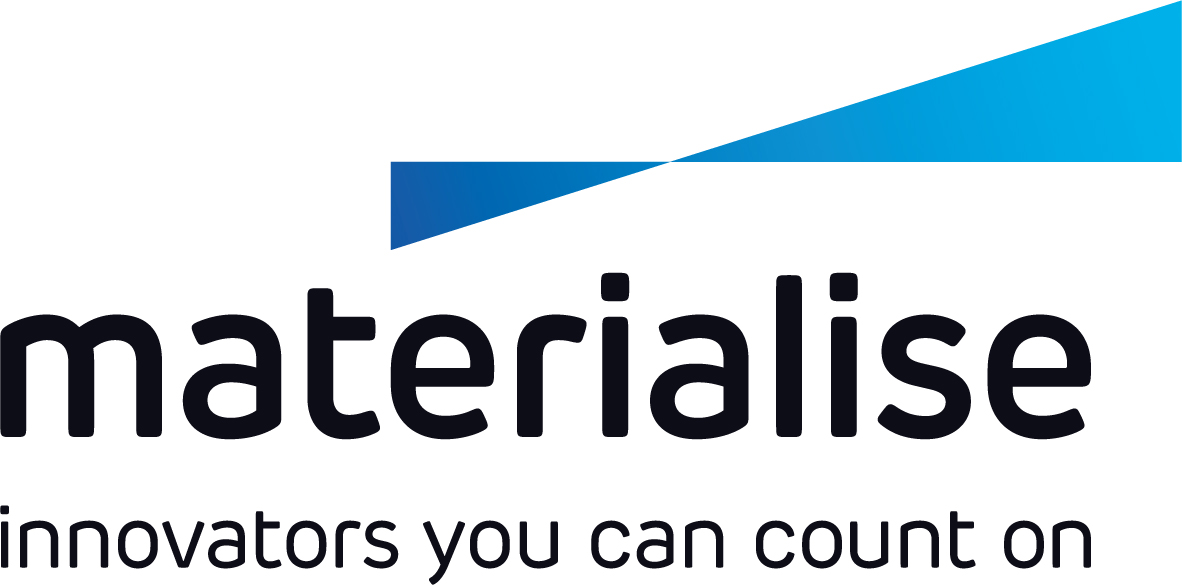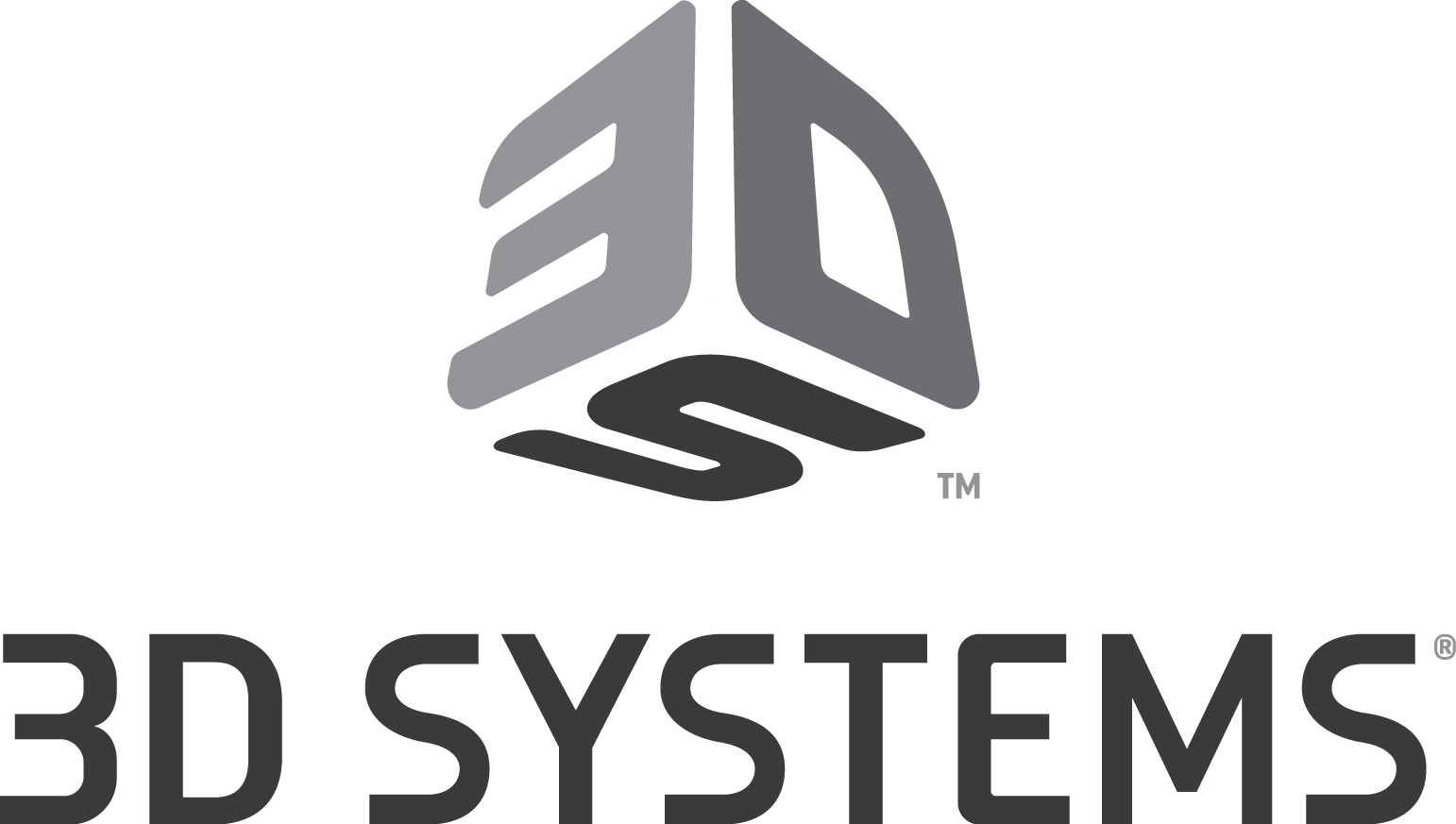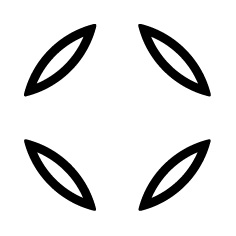
The purmundus challenge 3D and 4D printing design award was presented for the eighth time on 11 November 2020 as part of the digital Formnext Connect exhibition. The competition was broadcast live, and provided some surprises in the form of a new award category and new partners. A total of seven submissions received the coveted gold trophies.
The 2020 purmundus challenge showcases the ability of additive manufacturing to withstand a crisis. “In a challenging year like 2020, the relevance of 3D and 4D printing has been highlighted again. The AM community is pulling together, and managing to add value for society in addition to breaking new ground in the field of design,” said Dennis Lang, Head of Communications & PR for the purmundus challenge. The broad range of industries represented by the award winners is particularly striking. They all interpreted this year's theme of “Geometry and Material in Harmony” in their own ways. “Additive manufacturing applications that follow an ideal, particularly environmental benefits, make a particularly positive impression,” added James Helliwell of hyperTunnel Limited, a member of the purmundus challenge panel. Companies, institutions, universities, design studios and start-ups now use 3D and 4D printing for much more than the previously known fields of application, and are also looking closely at post-processing.
From 10 November to 31 December 2020, the 35 finalists are presenting their outstanding designs at the virtual Formnext Connect exhibition. The digital platform provides exciting insights into the field of 3D and 4D printing, as well as the first ever opportunity to contact the designers directly using the matchmaking function.
This year’s winners are:
1st prize: Moorhuhn Fahrradrahmen
HUHN cycles I Ralf Holleis

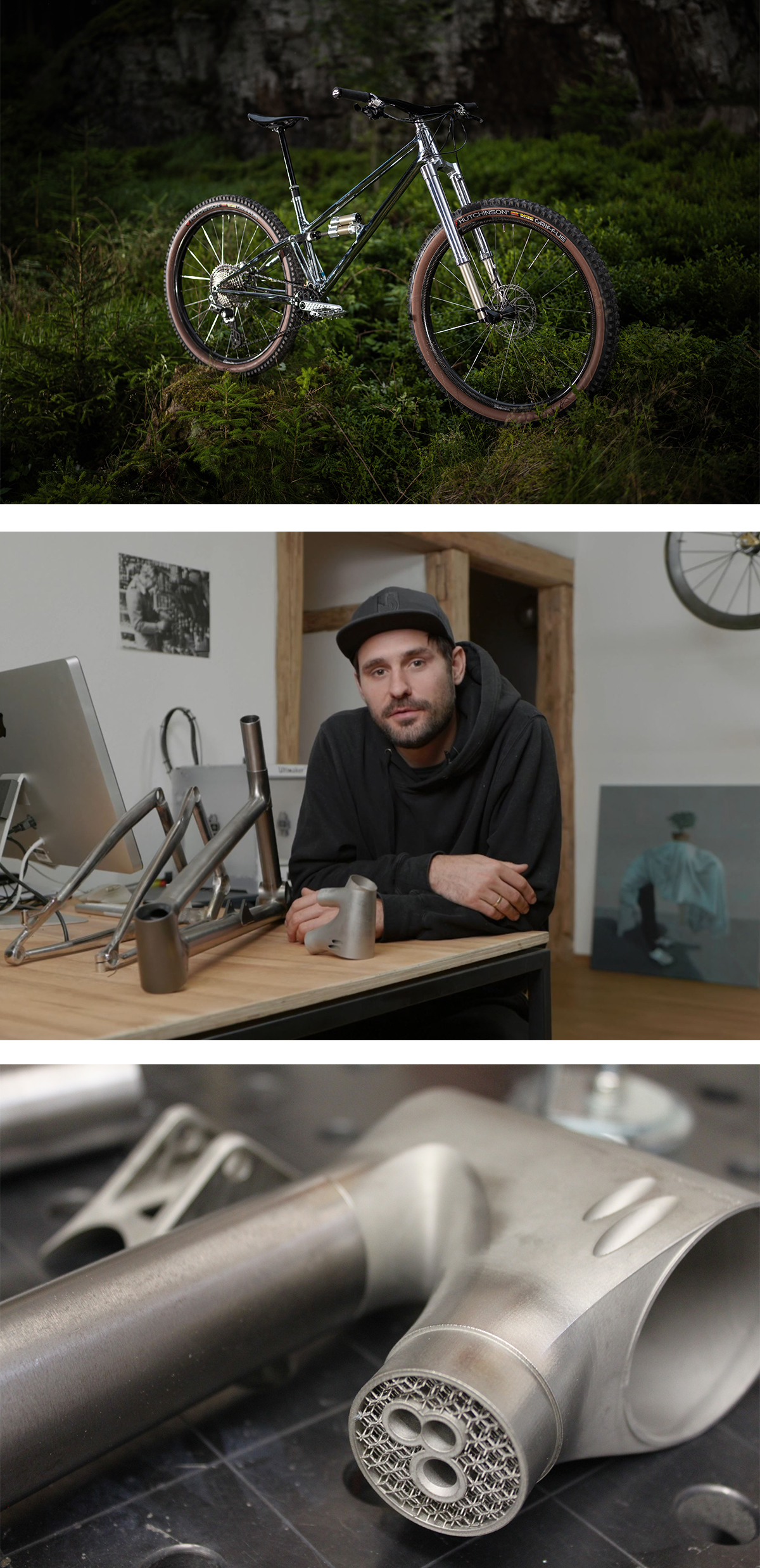 The Bicycle industry developed very quickly the last couple years, bikes got lighter and stiffer at the same time. Those great achievements where mainly possible with a composite material called Carbon fiber, unfortunate this material has a very high carbon footprint until the product is produced in addition carbon products have a very short Product lifecycle as there is a certain safety risk in using second hand or crashed Carbon Products. Sadly there are nearly no ways to recycle this composite Material, so most of the time Carbon frames end up in land field or get burned. Metal Recycles forever!
The Bicycle industry developed very quickly the last couple years, bikes got lighter and stiffer at the same time. Those great achievements where mainly possible with a composite material called Carbon fiber, unfortunate this material has a very high carbon footprint until the product is produced in addition carbon products have a very short Product lifecycle as there is a certain safety risk in using second hand or crashed Carbon Products. Sadly there are nearly no ways to recycle this composite Material, so most of the time Carbon frames end up in land field or get burned. Metal Recycles forever!
Titanium is a material that could complete with the advantages Carbon has for Bike-frame building, it is just very difficult to process therefore the design is very limited, functionally titanium frames feel a lot softer than Carbon frames due to their tube to tube welding connections.
The Moorhuhn combines the advantages of super light Titanium tubes and connects them with additive manufactured Lugs, this makes the joints extremely stiff as they can be designed according to the forces within a bicycle frame, and distributes them equally. The joints are super light and stiff at the same time as a lattice structure inside supports the super thin walls. Further more additive manufacturing makes it possible to produce each frame according to the needs of each individual as there are no tools required, functions like cable guiding, seat clamps, bearing housings as well as additional material for welding can be integrated in the design and make the life of the Framebuilder a lot easier.
But all that is very detailed and nerdy to summ it up shortly: Additive Manufacturing makes it possible to build modern titanium Mountainbikes which are as light and stiff as Carbon frames but additionally they are locally produced and can be custom fitted to its rider. Most importantly the production process is a lot more environmentally friendly and Frames can be repaired as well as recycled. A modern Mountainbike should not be thrown on the Lend-field after 2 Years because it is not save to repair it. A Titanium Frame does not need Paint at all as there is no corrosion so even the finishing process involves no Chemicals and does not force the producer into health risky situations.
2nd prize: exomotion® hand one
HKK Bionics GmbH I Dominik Hepp

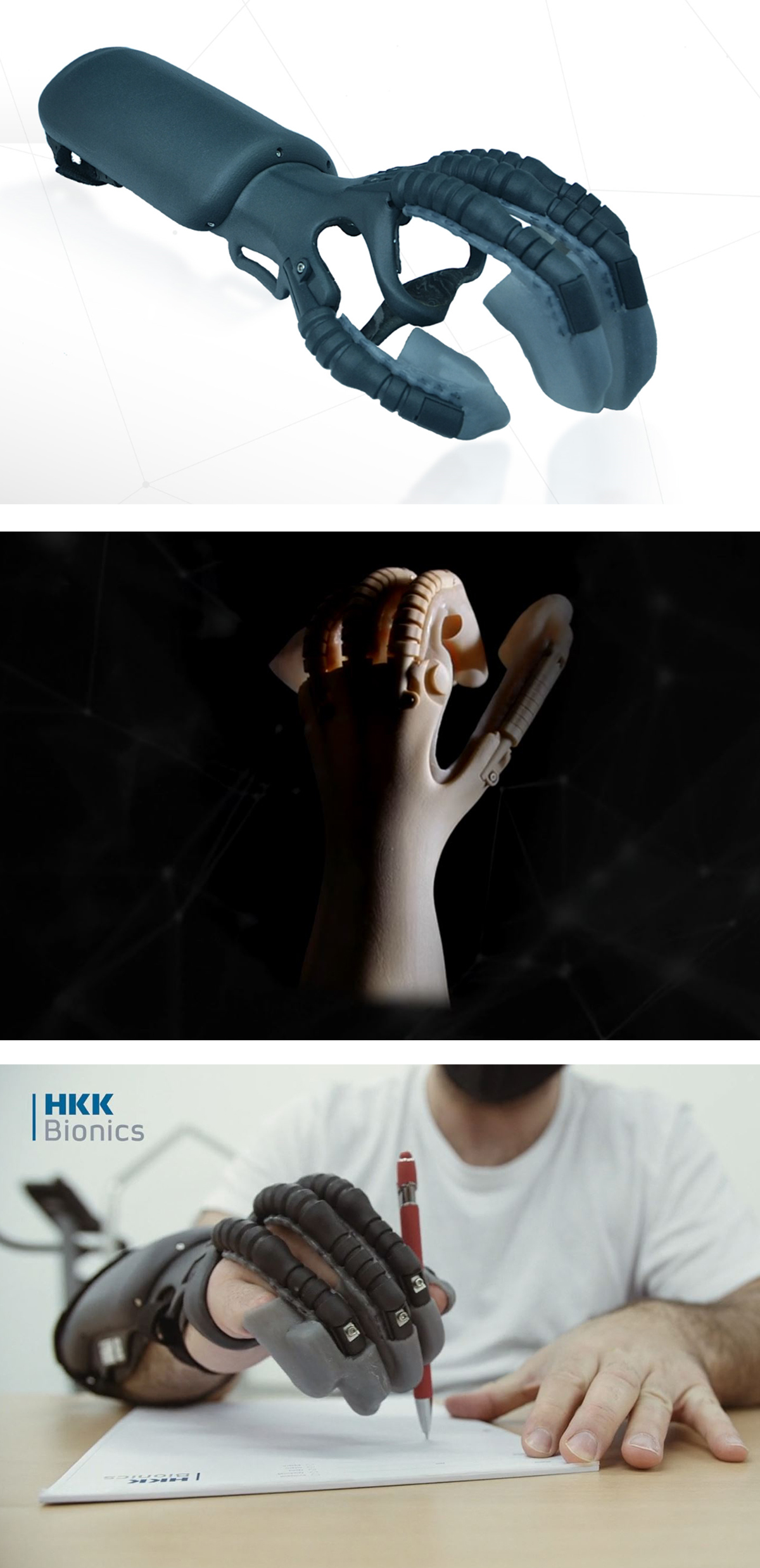 The exomotion® hand one from HKK Bionics is an innovative bionics hand orthosis for paralyzed hands. Designed as a “motorized glove”, it enables patients to carry out everyday gripping tasks. Until now, people with completely paralyzed hands could not been cared for and many of them saw a hand amputation as there only way out. As the first product on the market, the exomotion® hand one enables people with complete hand paralysis to perform various gripping functions again.
The exomotion® hand one from HKK Bionics is an innovative bionics hand orthosis for paralyzed hands. Designed as a “motorized glove”, it enables patients to carry out everyday gripping tasks. Until now, people with completely paralyzed hands could not been cared for and many of them saw a hand amputation as there only way out. As the first product on the market, the exomotion® hand one enables people with complete hand paralysis to perform various gripping functions again.
The functional principle: An intelligent software with an associated sensor recognizes the wearer’s intention to move via a muscle that is still active and controls the powerful micro drives in the arm splint. These direct power into the actuation mechanisms of the glove, which open and close the fingers and thus provide them with the necessary grip force. All components are connected by the supporting arm splint, which is manufactured individually for each patient.
In combination with a control unit for simple, intuitive use and the powerful battery, these elements form the exomotion® hand one - a long-term, everyday solution that closes a gap in the market. The hand orthosis can perform six different types of grip, such as the power grip or the tweezer grip which cover the most important applications. The predefined variants determine which fingers are involved in gripping to create a grip that is as functional as possible. In order to ensure that every orthosis fits perfectly and can be worn in everyday life without bruises, individual production is necessary. HKK Bionics GmbH works with previously trained medical supply stores. This cooperation combines the manual processing of medical silicones with 3D scanning, automated construction and laser sintering. A modular system was developed in order to manufacture a technical product for each patient in an economical way. This contains standardized parts as well as the individually and partially automatically constructed arm splint manufactured by a professional 3D printing service provider. At the same time, additive manufacturing enables integrated sections for components, mechatronic components and undercuts to be realized. A degree of miniaturization can be achieved that is not possible with conventional production methods. Height and weight decrease and the patient’s acceptance of the aid increases.
All plastic parts of the orthosis are printed in the laser sintering process from biocompatible PA12 and colored in the color of the patient’s choice. Due to the individual construction and coloring, each orthosis is unique. Surface customization is also possible. Only the finishing and dyeing technology for printing, which only has been available for a few years, makes it possible to manufacture products such as the exomotion® hand one with a high-quality and medical device-compliant finish. For the creation of the arm splint, which is based on a 3D scan of a plaster model of the patient’s arm, a special, partially automated construction software was implemented, with which the construction time of this complex, always individual geometry was reduced to a few hours and at the same time the reproducibility requirements of medical devices is sufficient.
3rd prize: ZERO - 3D printed sneakers
Svet Abjo I Zellerfeld Shoe Company Inc.

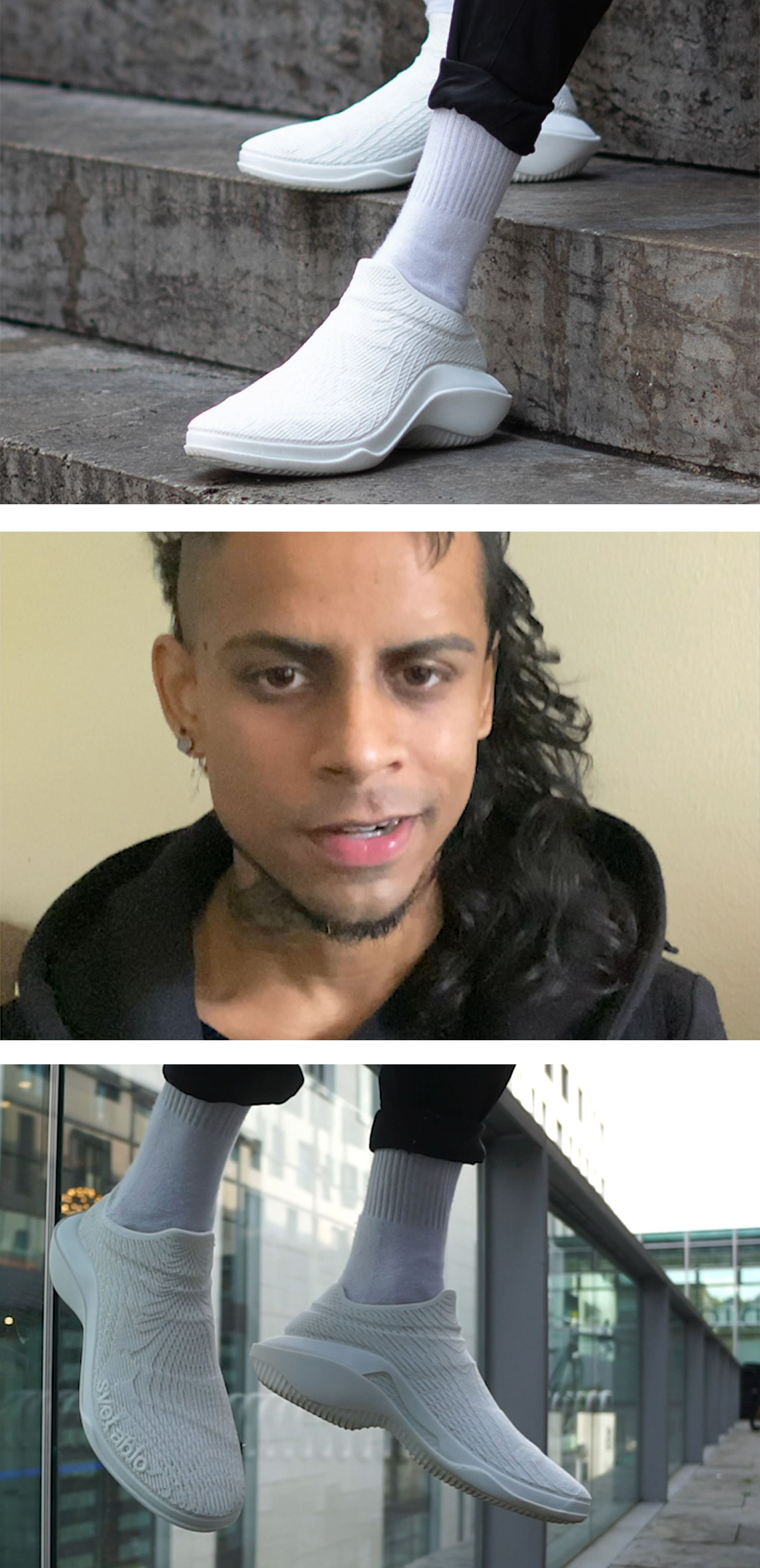 What
What
This is a fully functional Custom made 3D printed shoe based on foot scans. The whole shoe was printed at one go eliminating any stiching or gluing processes. Sole, midsole, and upper - all in one print and out of one material.
Why
In 2020 climate change and environment is one of the biggest concerns and I truly believe that 3D printing footwear out of recyclable material holds a very potential future. The complete shoe is made out of one material - TPU (shore hardness 60 A). The shoes could be eventually melted down and new shoes could be printed out of it. Moreover no traditional shoe lasts are required as this can be directly implemented in the CAD model.
Post covid impact
Due to the Recently hit pandemic worldwide several footwear brands have suffered a huge revenue loss. Many of these brands have a Supply chains which are primarily based in Asia and other countries with lower economies where the workers are exploited for a lower wage. 3D printing shoes could be done locally which eliminates any need of of big infrastructure or production hall. Moreover there will be no over production as compared to traditional manufacturing ways.
Special Mention: Tactile Compass for colours
Taktilesdesign GmbH I Sylvia Goldbach I Eric Bahr

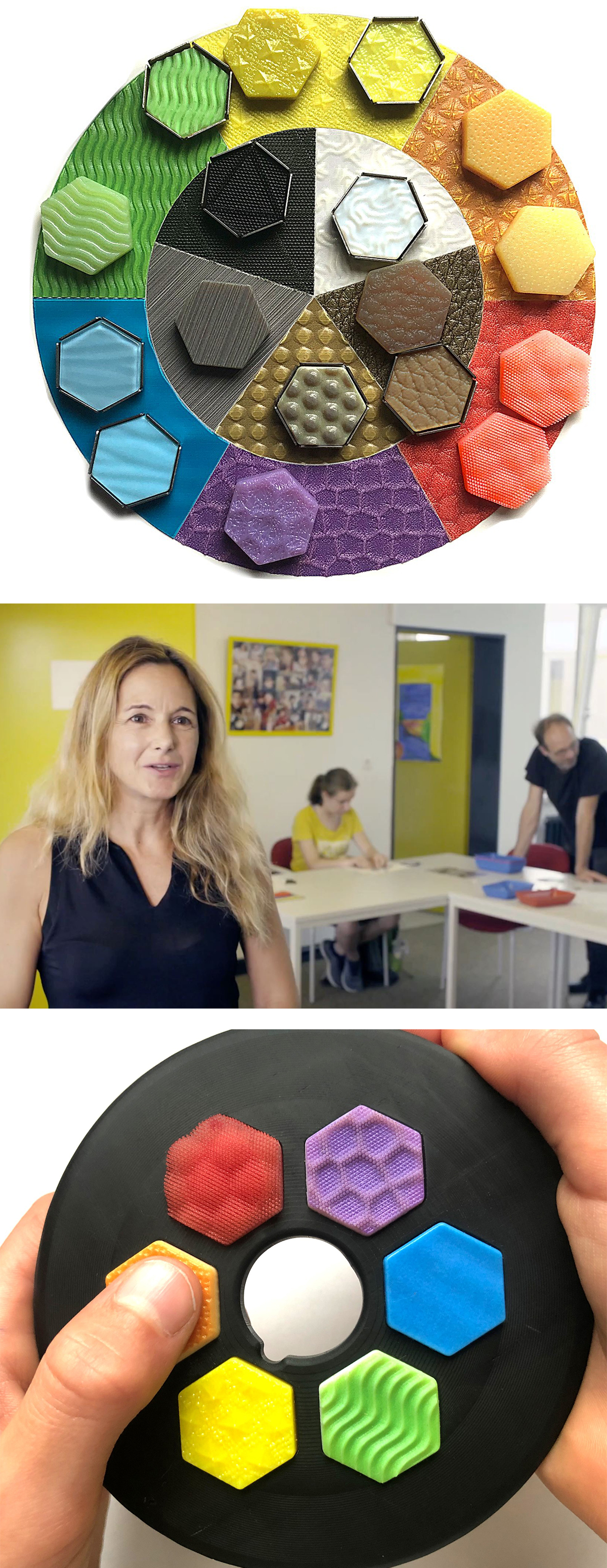 1st generally valid definition of the tactile 3D surfaces of colours for the blind.
1st generally valid definition of the tactile 3D surfaces of colours for the blind.
Layout/Design
The Tactile Colour Compass leads into a new world of perception. It guides its users through landscapes, pictures and everyday objects. The surfaces of the compass are created by LFS by approaching nature, associations. Taktilesdesign adds specific elements. The reference to the historical compass & colour wheel serves to open up association to guidance and orientation. As in nature, the tactile surfaces from soft to hard, through warm to cold materials, do justice to the colours in their representation. This high demand on the production of different properties in one process is only possible with the latest generation of 3D printing.
Degree of innovation
There is no standard code for colours yet! The new language of haptic experience for blind people creates a new harmonic sensation when touching. Texture will act in function of communication, regardless of language.
Potential for additive manufacturing
The individual group of users justifies a less high edition. The small hexagon part can fill construction spaces effectively. Numerous materials are being used. Our Compass cannot be manufactured in other than additive manufacturing due to 1 step combination of models with high level textures and colour with the latest materials of stratasys and Roland UV printing.
Economic potential
The inclusion of a disadvantaged section of the population in the public sphere is in the social interest. 80% of the blind are older than 50 years Tendency: increasing due to abuse of diplays in early childhood.
For more information about the Tactile Compass for colours please watch the video: https://youtu.be/gvsf65xsqTs/
Innovation Prize: ANAMOS heart model
ANAMOS UG (haftungsbeschränkt) I Lehrstuhls FAPS, FAU Erlangen-Nürnberg I Wacker Chemie AG I Hannah Riedle I Anna Seufert

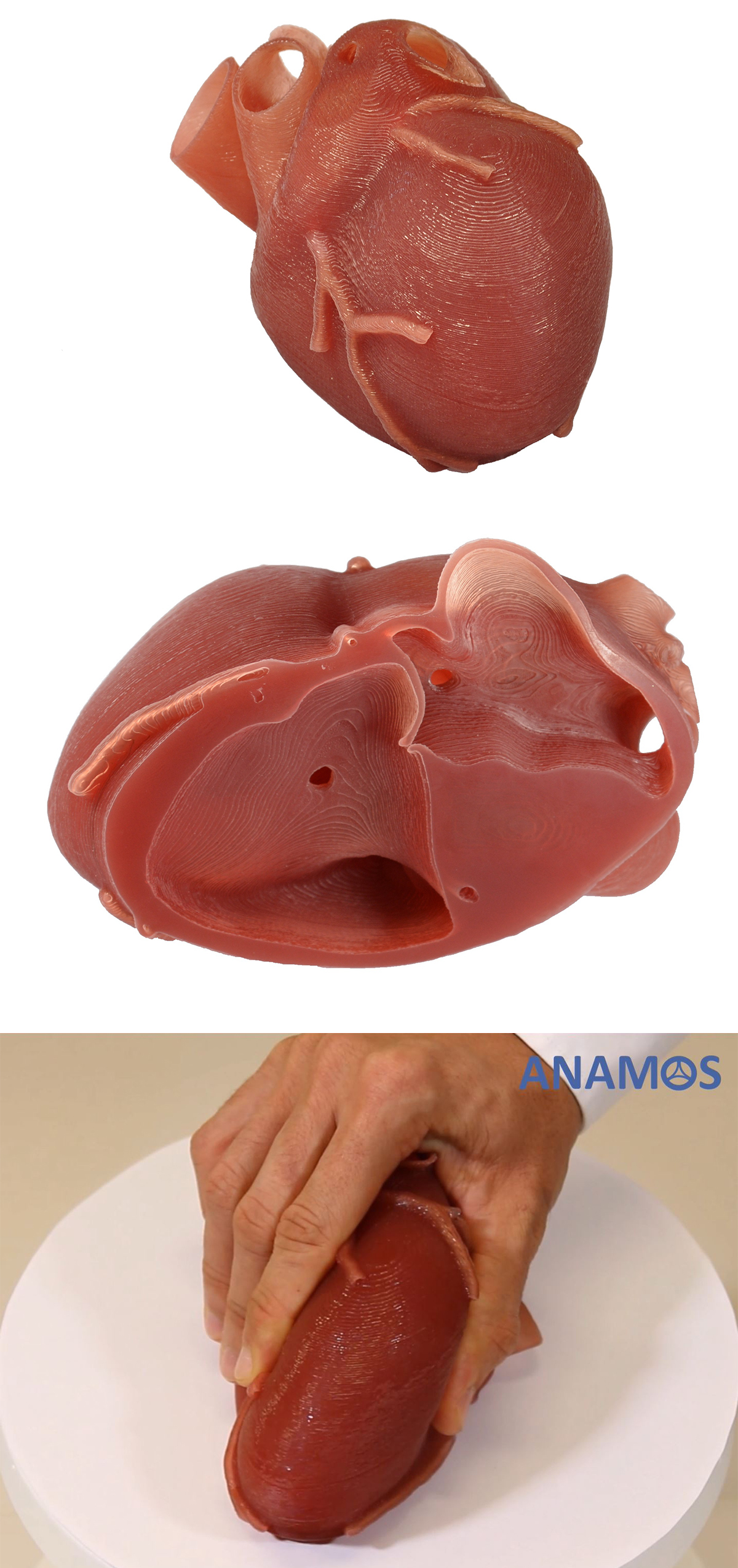 Anatomical heart model for surgical simulation
Anatomical heart model for surgical simulation
With its realistic function and feel, the anatomical model of a human heart, which is produced using additive methods, opens up new opportunities for the simulation of surgery. As a substitute for direct application involving a human body, new training and evaluation environments are created, improving the efficiency of medical training, the development of medical products, and research. Unlike biological models, such as human or animal corpses, the artificial ANAMOS models are always available, easy to store and manage, and can recreate any anatomies or conditions. The ANAMOS heart model is the product of an innovative generic design method involving medical CT imaging data, which allows the ventricles and atria of the heart, as well as the relevant surrounding vessels and coronary arteries, to be be recreated realistically. The focus of the model is on realistic functionality. That is why it has unique, designed, anatomical valves, and hollow vessel structures. Additive manufacturing using silicone and ACEO® technology (Wacker Chemie AG, Munich) allows the heart tissue’s elastic properties to be recreated while maintaining geometric complexity. When not under stress, for example, the valves of the ANAMOS heart model have small gaps. When force is exerted in the direction of the blood flow, the elastic valves open towards the wall of the heart or blood vessel. If force is exerted against the direction of the blood flow, however, the valves are pressed together and close the opening. This functionality is only possible thanks to the unique combination of the generic design approach, additive manufacturing and the use of elastic silicone, which make it completely ground-breaking.
The model’s design can be adapted to recreate different conditions. The version shown shows a model with an atrial septal defect (a problematic opening between the two atria) on the left-hand side, and a ventricular septal defect (a problematic opening between the two ventricles). The potential applications for simulated surgery include intraoperative navigation, the replacement of pathological heart valves, and the closure of a septal defect. A scientific study confirmed the necessary anatomical accuracy, compatibility with ultrasound imaging techniques and echocardiography, and functionality in a surgical simulation.
History
The concept for the model stems from the joint „Silicone Biomodels“ research project Conducted by the Institute for Factory Automation and Production Systems at the University of Erlangen-Nuremberg and Wacker Chemie AG. In 2020, this research project gave rise to the „SofTiss Anatomics“ project, which is supported by the EXIST founder‘s scholarship. In August 2020, in support of this project, ANAMOS UG (limited liability) was founded for the development and distribution of 3D-printed anatomical models for the medical and medical equipment market.
Simulation Driven Design: Bolt it
ETH Zürich I Inspire AG I Gressel I Julian Ferchow I Marcel Schlüssel

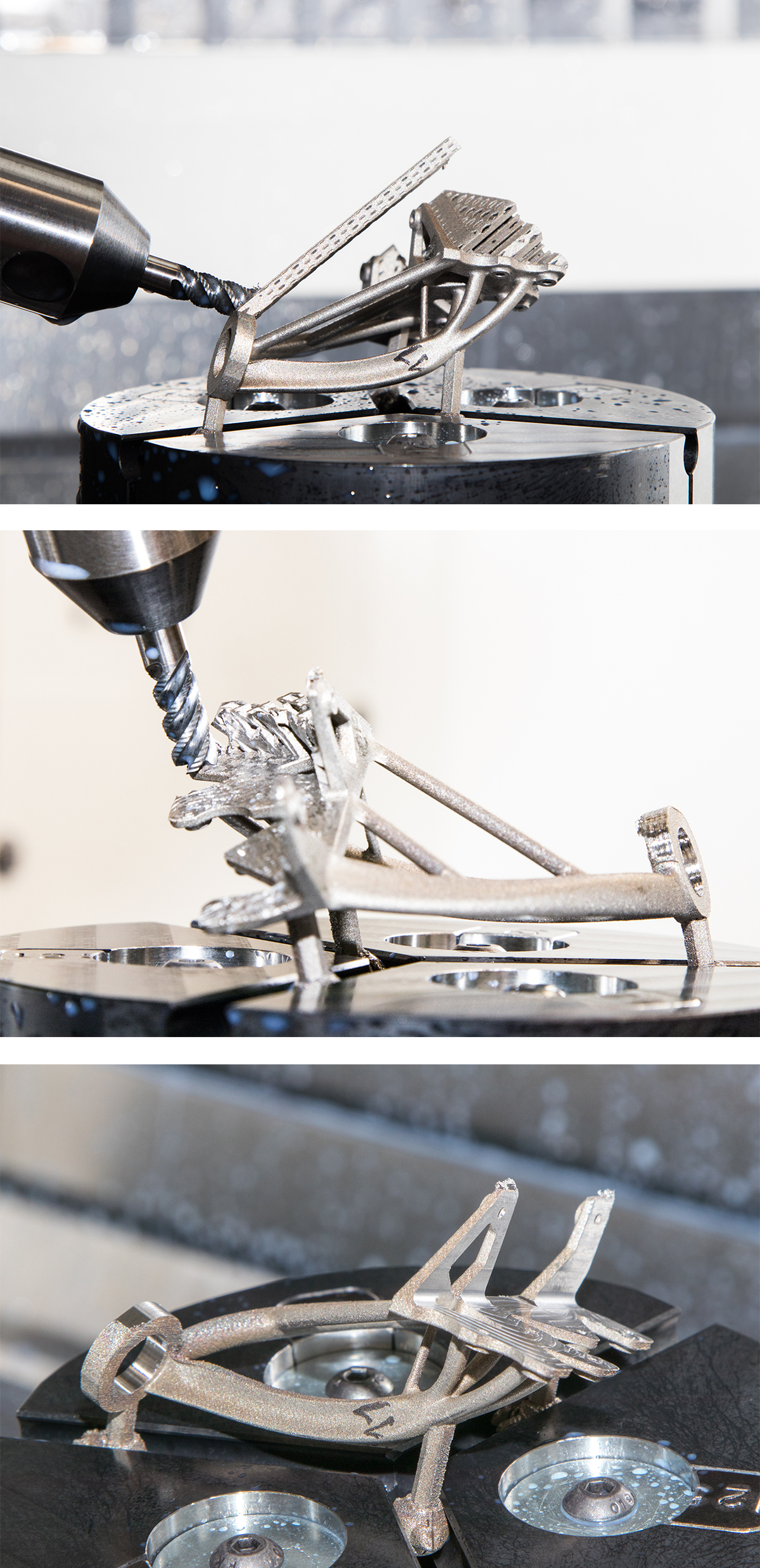 Automated Post-Processing for Metal Additive Manufacturing
Automated Post-Processing for Metal Additive Manufacturing
The BOLT-IT concepts enable an automated physical and digital post-process chain. BOLT-IT are universal interfaces, produced within the #additivemanufacturing (AM) process. They enable automated gripping and handling of the AM part. The position of the AM part is from the CAD known, so there is no need for referencing. In addition, robust machining with accessibility from five sides is made possible. A simple torsion removal of the interfaces completes the process. The project was conducted as part of an R&D collaboration between Inspire AG, ETH Zurich, and Gressel. The two-year project was funded by the innosuisse and headed by Julian Ferchow (Research Associate at Inspire AG, ETH Zurich) and Marcel Schlüssel (Head of Technology at Gressel).
For more information about the Bolt it please watch the video:
https://www.youtube.com/watch?v=i3TioiUHCOE&t=2s/
Newcomer Prize: Adaptive splint
School of Design Innovation, Victoria University of Wellington I Yejun Fu

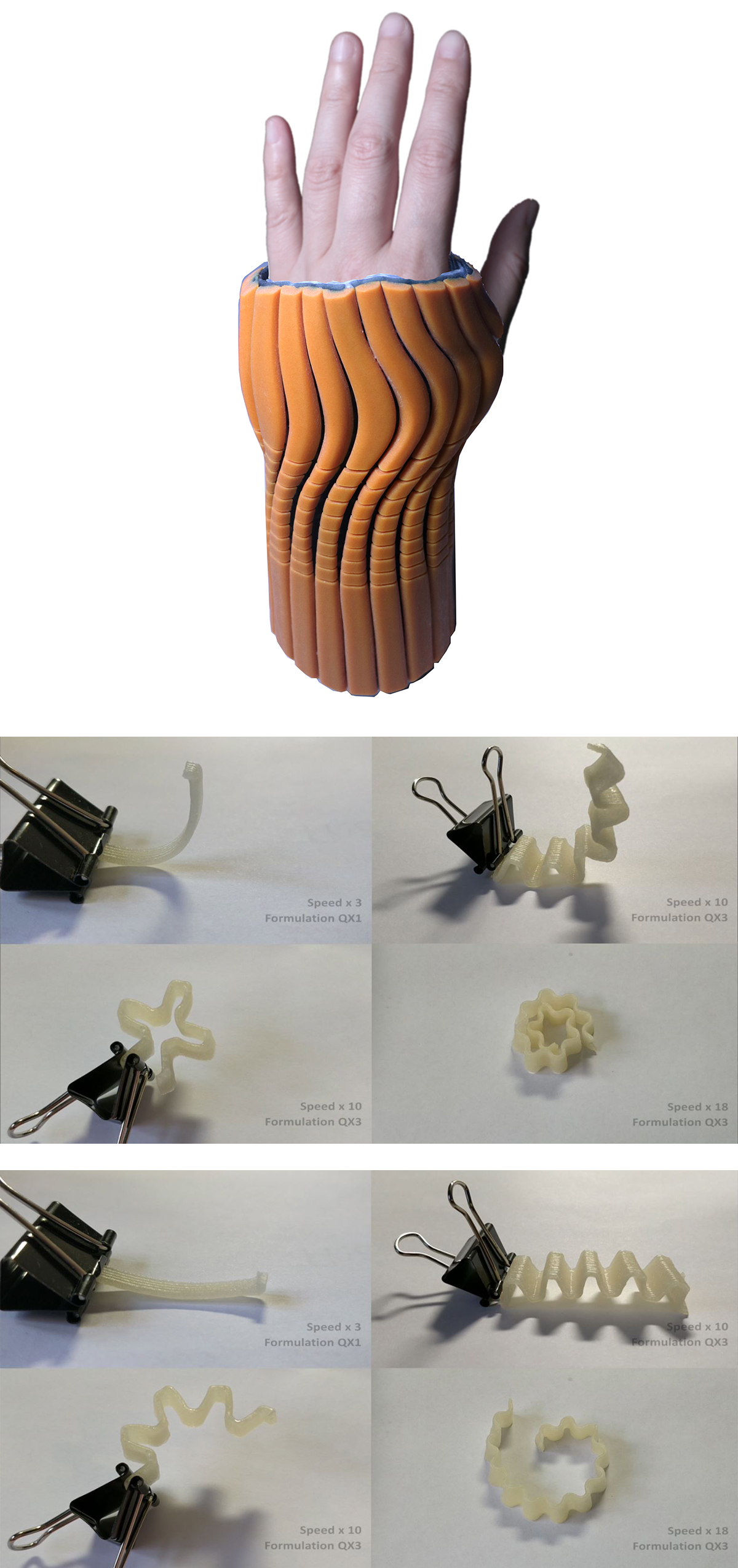 Compared to conventional manufacturing processes, 3D printing has proved its capability of building various structures with high accuracy and material economy. 4D printing adds the fourth dimension, time, to 3D printing technology. Changing through time is a key property of products built by 4D printing. This research focused on bio-based responsive materials, as a means of initiating change and transforming 3D printing to 4D printing.
Compared to conventional manufacturing processes, 3D printing has proved its capability of building various structures with high accuracy and material economy. 4D printing adds the fourth dimension, time, to 3D printing technology. Changing through time is a key property of products built by 4D printing. This research focused on bio-based responsive materials, as a means of initiating change and transforming 3D printing to 4D printing.
A number of studies have been done to develop the performance of responsive materials or to explore geometric structures for these materials in order to configure products that can benefit from this transformation. Precedents in medical field show great potential for combining bio-based materials with 4D printing in manufacturing highly customised products that adapt to the shape, movement and physiological requirements of a human body.
This research project was initiated by the development of printable responsive bio-based polymers, intended to contribute industrial design expertise to a multidisciplined team of material sientists and engineers as part of National Science Challenge (NSC) Portfolio 5 Spearhead Project “Additive manufacturing and 3D or 4D printing of bio-composites” https://www.sftichallenge.govt.nz/ourresearch/projects/spearhead/additive-manufacturing-and-3d-and-or-4d-printing-of-bio-composites/
The project explored the possibility of engaging 4D printing in building wearable devices, exemplified by an adaptive wrist splint for progressive rehabilitation. This included researching wound healing processes and related rehabilitation methods to determine the required functionality of the splint and exploring relevant biological structures as inspiration for the design geometry. Working alongside materials scientists, the design was developed along two paths. Firstly, using the new experimental polymers and testing their responsiveness to configure a printable shape-shifting layer of the splint that adapts to changes in the wrist during the healing process. Secondly, integrating these experiments into 3D models for an adaptive splint, comprised of three layers, that responds to the requirements of progressive rehabilitation.
The research challenges the properties of the new materials and the associated printing processes, and more research will need to be done to improve both printability and responsive performance. However, the design of the splint provides a case study for potential applications in the broader field of wearable devices that incorporate multiple layers of responsive materials and different geometries that can adapt to the needs of a human body.
For more details, please see: https://www.behance.net/gallery/84896425/An-adaptive-splint-Masters-project
For more information about the Adaptive splint please watch the video: https://vimeo.com/356800439/
Public Choice Award: A.I. Bindings
Addition I Saulo Armas I Oriol Massanes I NOW I Nidecker Group

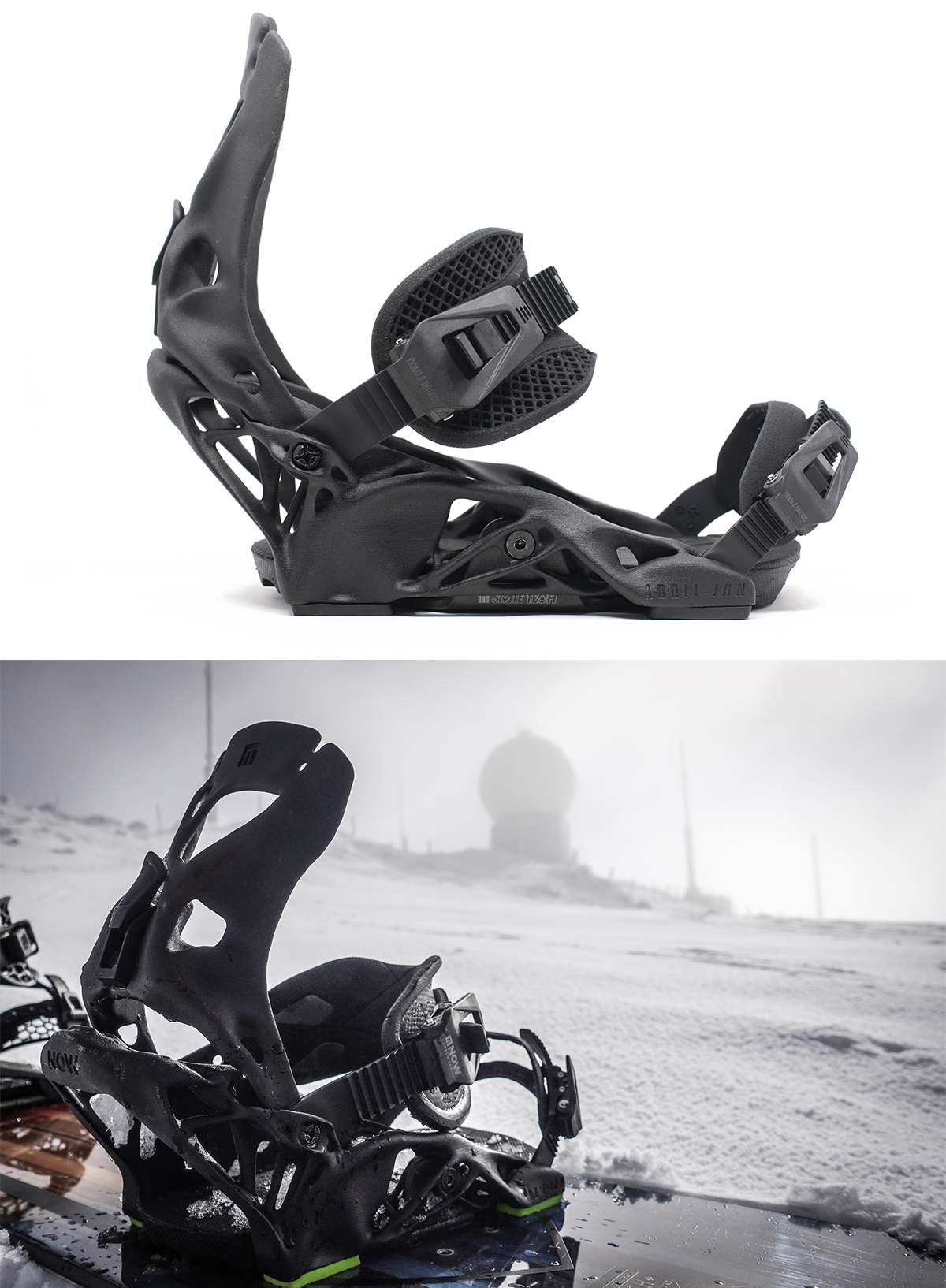 The innovative snowboard brand NOW, Nidecker Group, and ADDIT·ION, the Artificial Intelligence design specialists, have unveiled the first ever 3D-printed AI snowboard binding entirely designed by Artifical Intelligence.
The innovative snowboard brand NOW, Nidecker Group, and ADDIT·ION, the Artificial Intelligence design specialists, have unveiled the first ever 3D-printed AI snowboard binding entirely designed by Artifical Intelligence.
To create a responsive binding, optimised for turning, we had to deliver maximum stiffness with the lowest possible mass. To make that happen, Addit-ion brought their mastery of AI design and 3D printing, Now brought their patented Skate Tech Technology & Nidecker Group brought their extended knowledge of binding Technology.
Together we built a Load Case that would emulate the stress that bindings undergo during aggressive carving and turning, then used a minimal mechanical representation of Skate Tech to generate the ultimate shape around it using Autodesk generative design.
We had dozens of different outcomes to compare, with different materials and technologies, but after hours of simulation and data analysis, we came up with the best option, to be printed in PA12.
Full Board weight - ~5kg
Binding Set weight - 1600gr
Here are this year’s finalists:
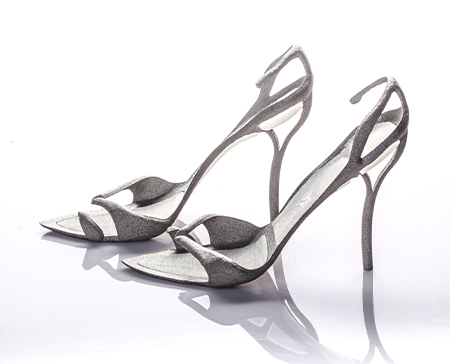
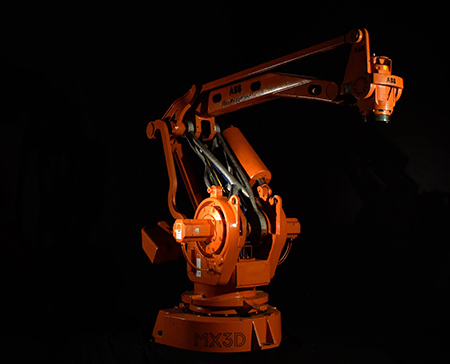
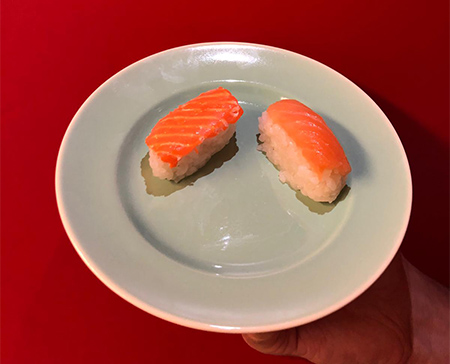
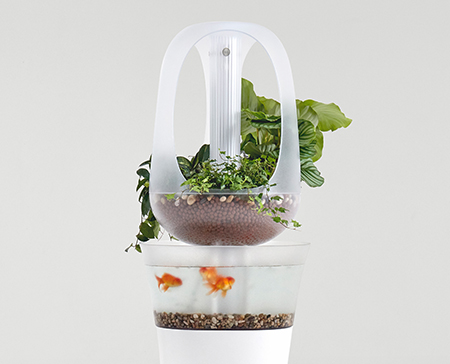
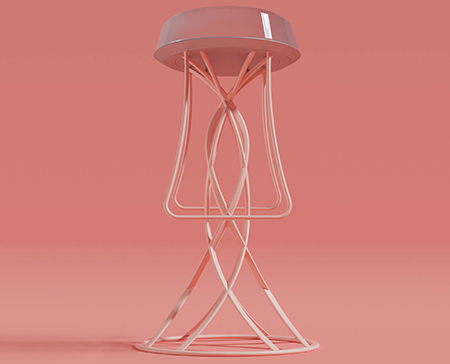
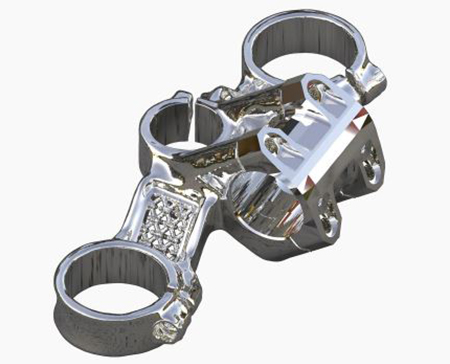

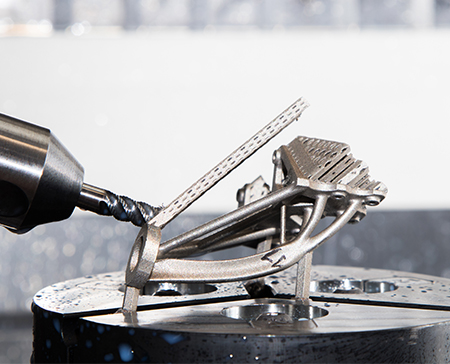
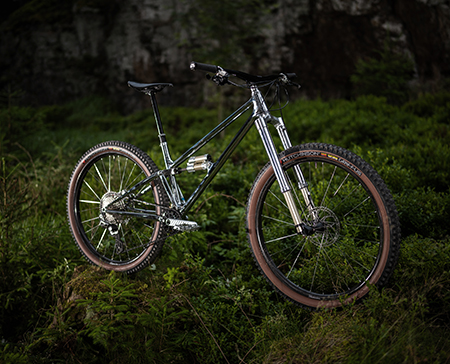
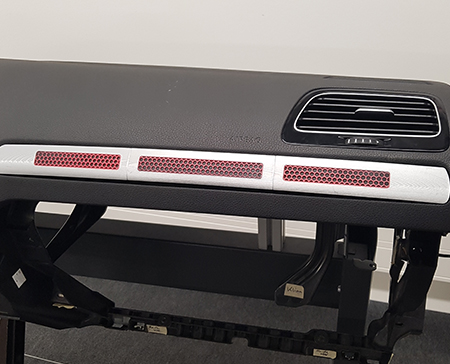
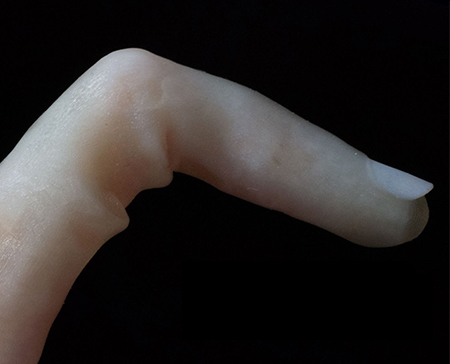
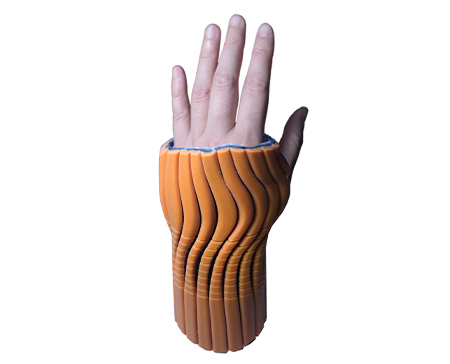
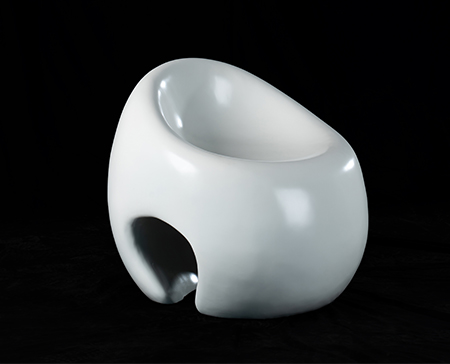
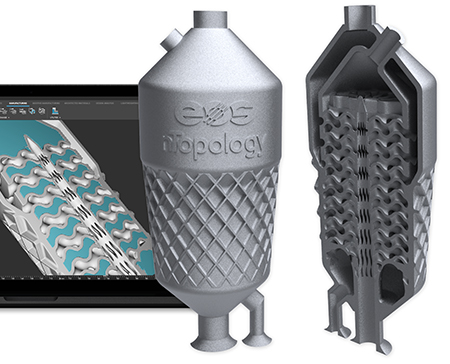
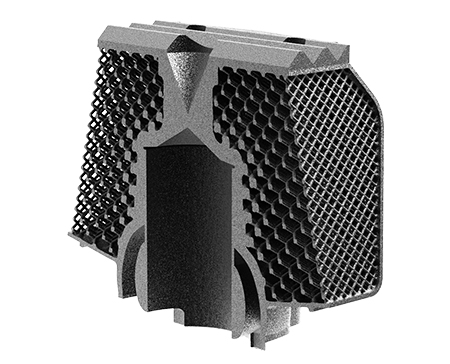
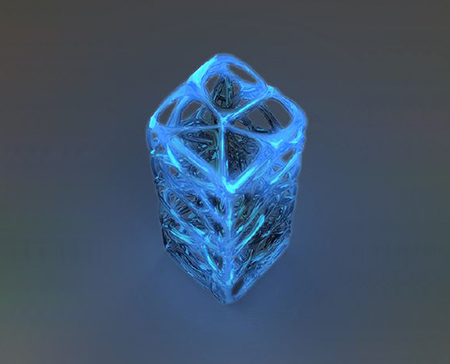
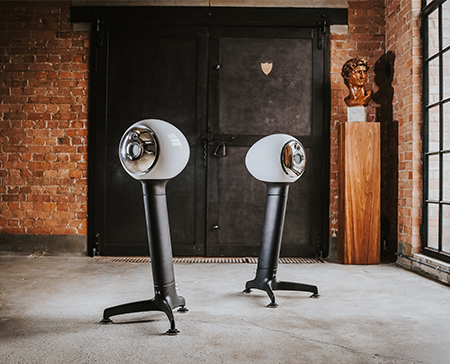

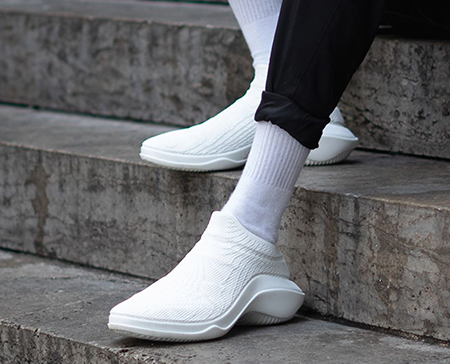
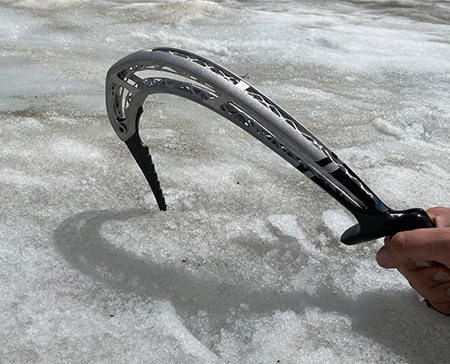
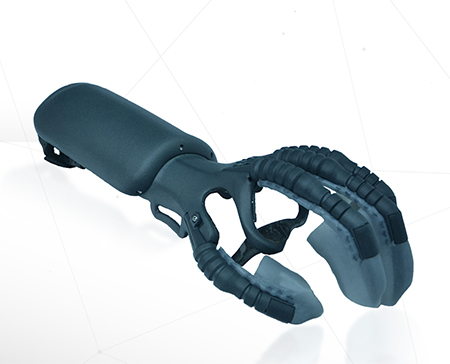
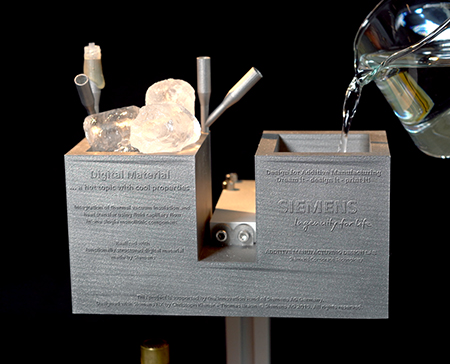
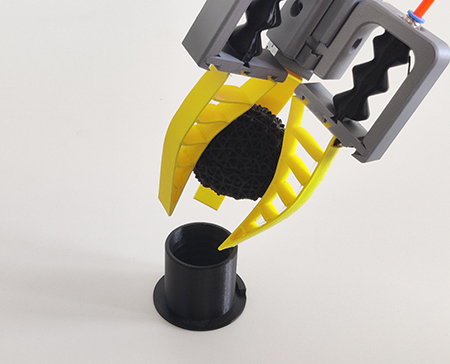
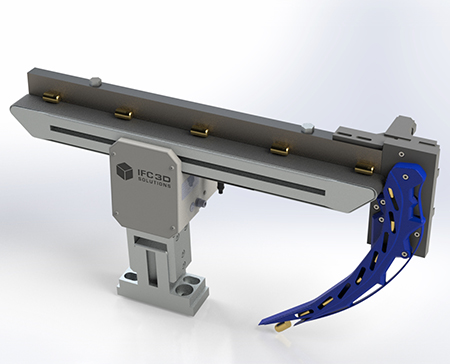
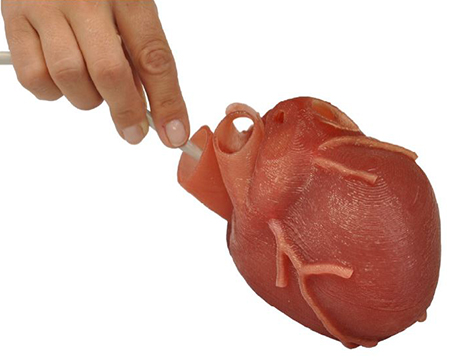
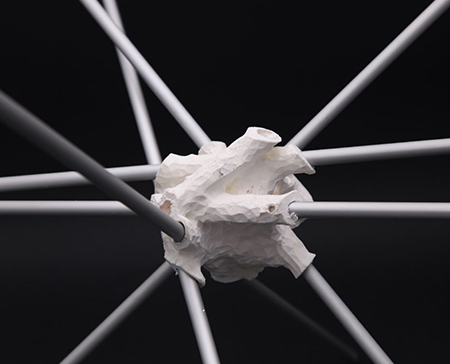
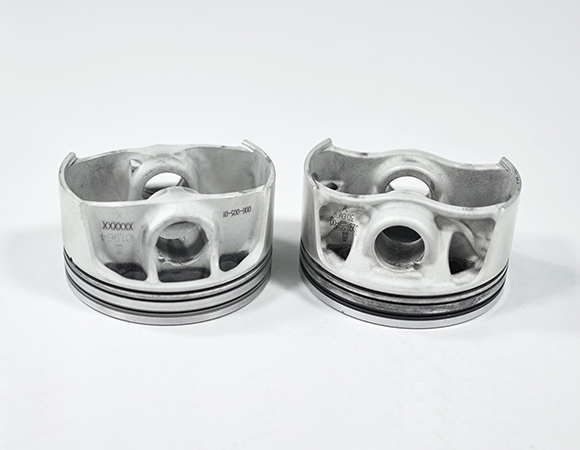
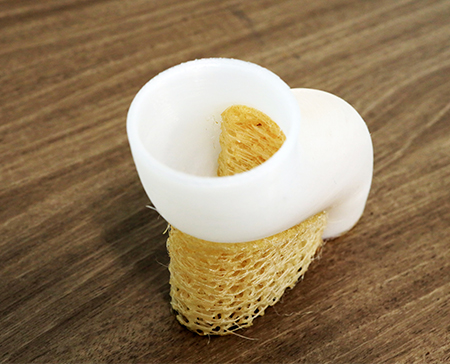
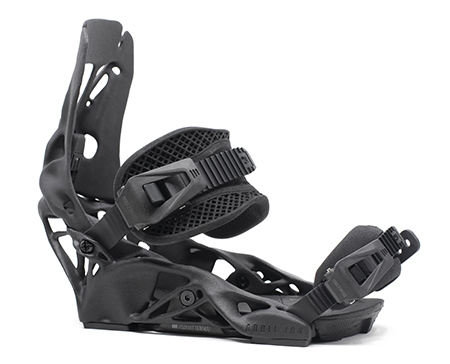
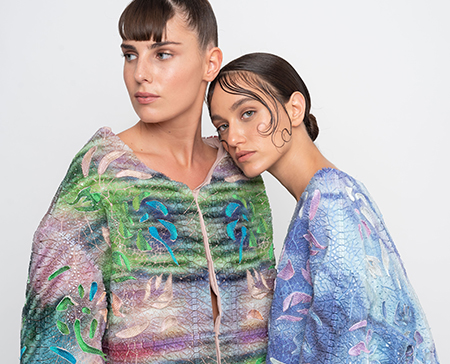
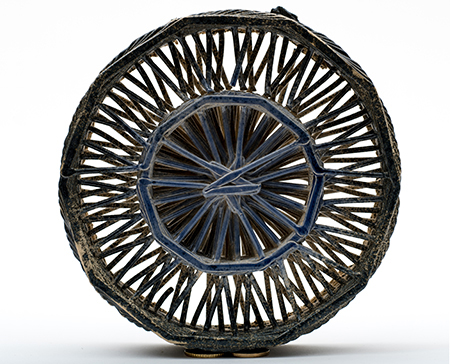
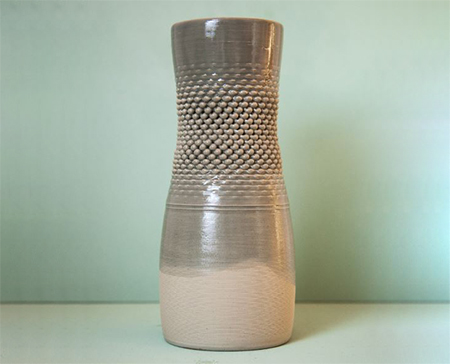
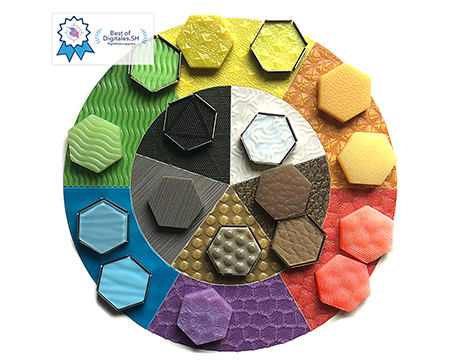
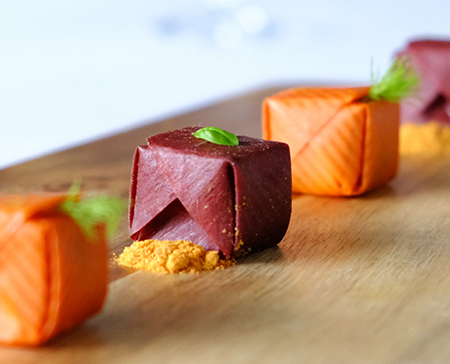
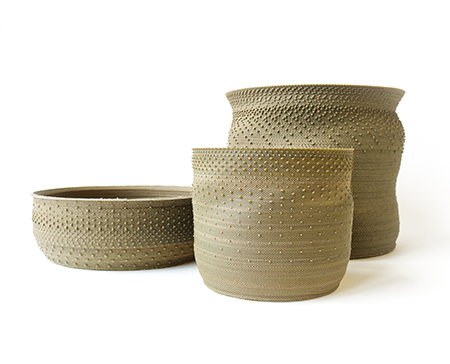
×
Handout Finalists: Finalists of the purmundus challenge 2020 [pdf: 11,0 MB]
Vote for your favourite design. Click here for voting: https://pollunit.com/polls/purmundus_challenge_2020_public_choice_award
Special thanks to our jury and our cooperation partners!
Jury 2020
Christoph Behling - Christoph Behling Design Ltd.Prof. Richard Bibb - Loughborough University
Isabelle Fröhlich - Volkswagen AG
Tilla Goldberg - Ippolito Fleitz Group GmbH
James Helliwell - hyperTunnel Limited
Dr. Alexander Hildebrandt - Festo AG & Co. KG
Frank Kleemann - Freelance industrial designer
Andreas Pany - Ernst Strassacker GmbH & Co. KG
Prof. Dali Sun - Beijing University of Technology
Graham Tromans - G. P. Tromans Associates
Dr. Clara Usma - Deakin University






